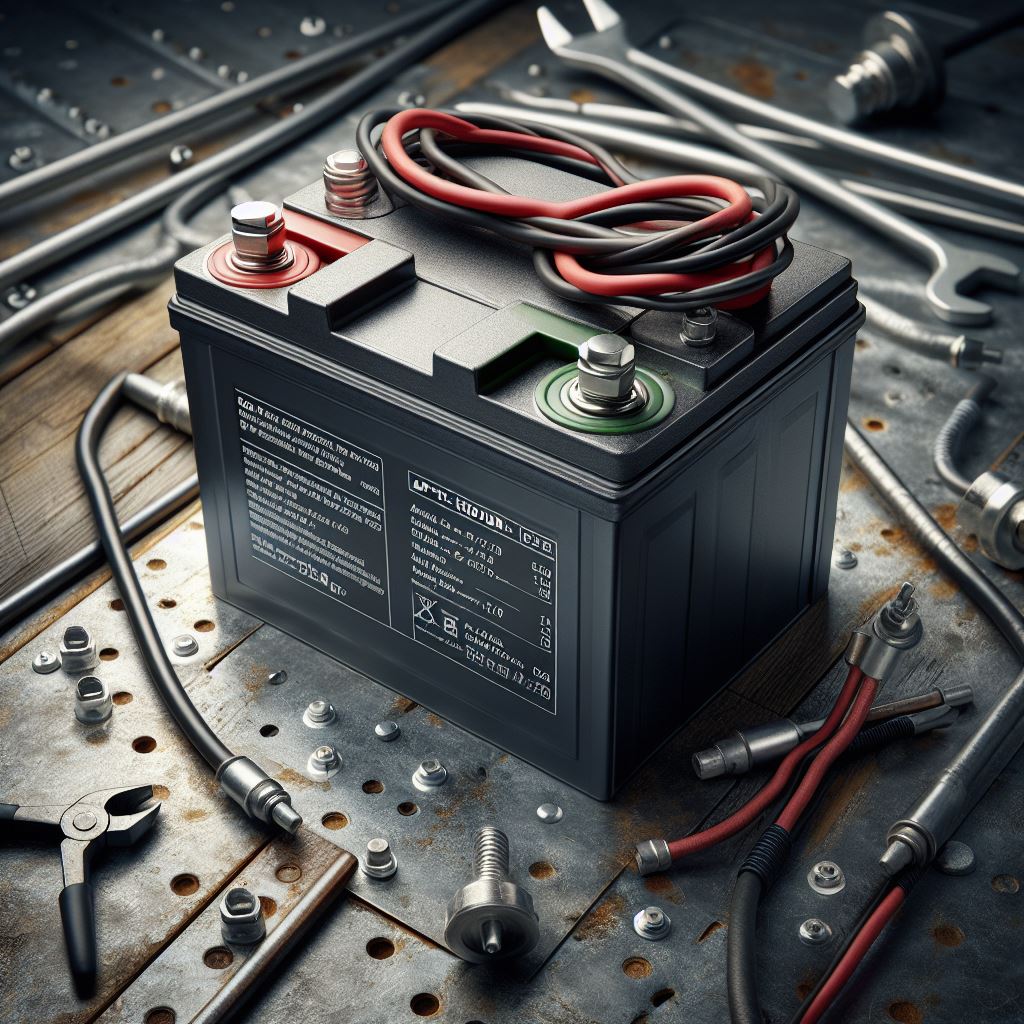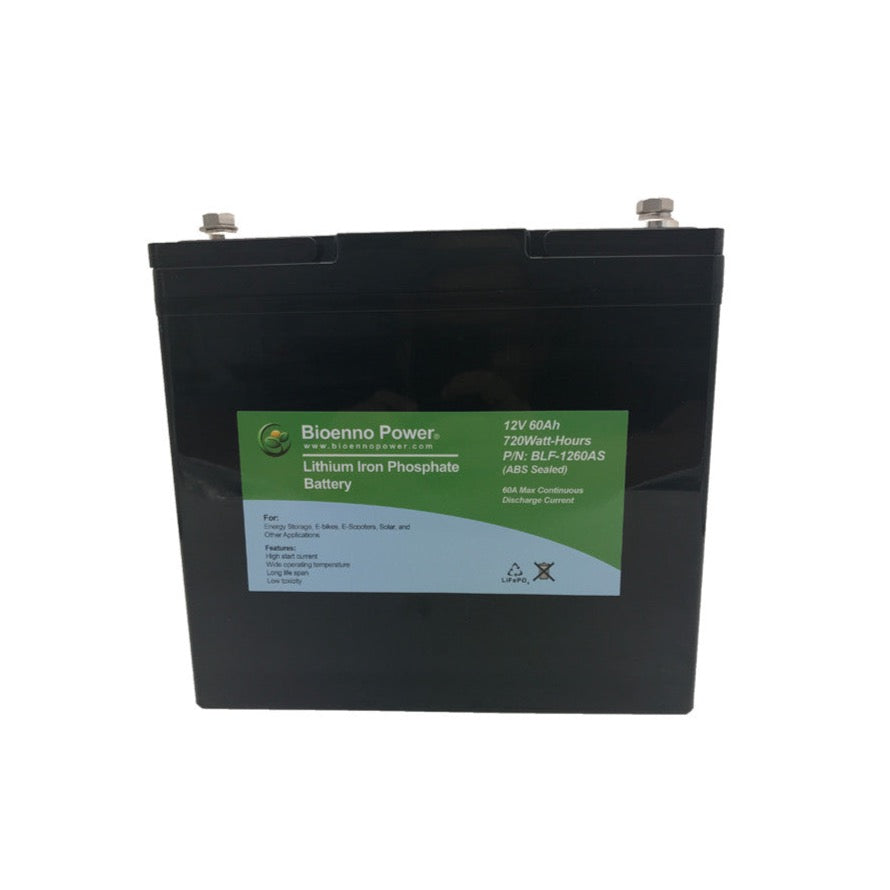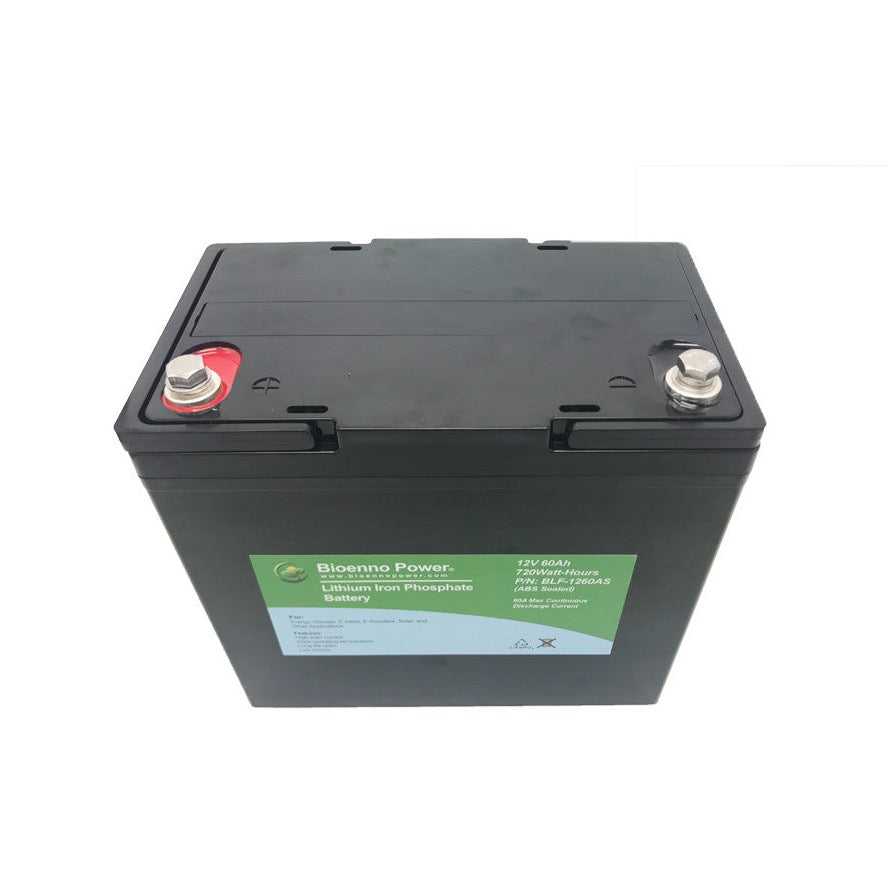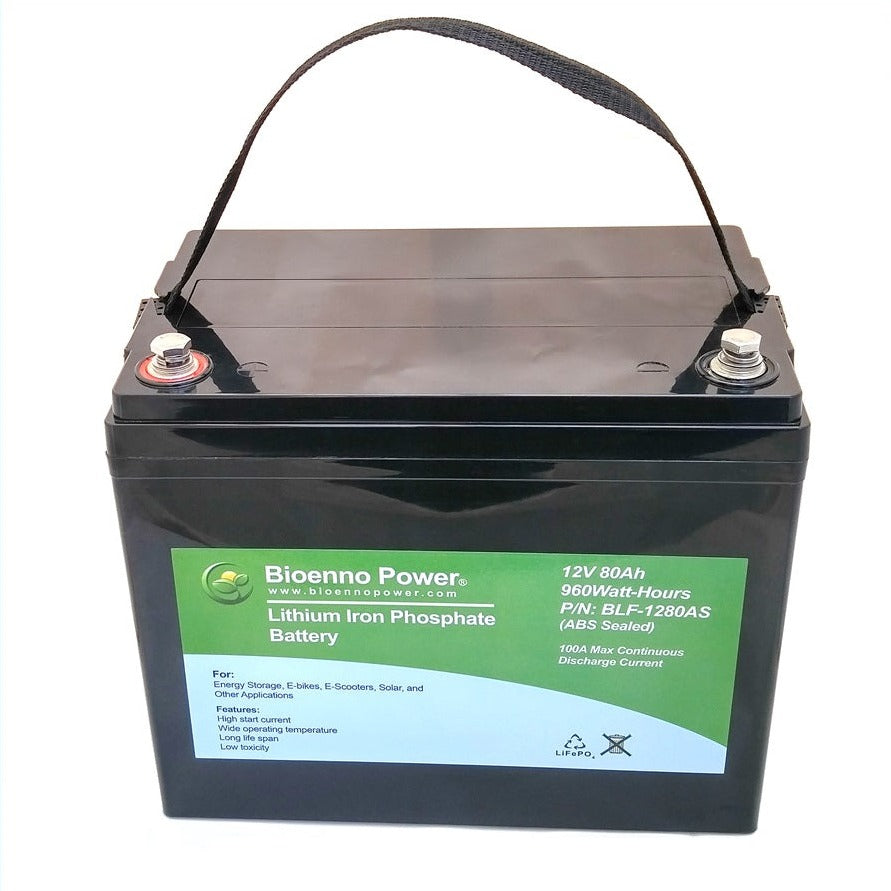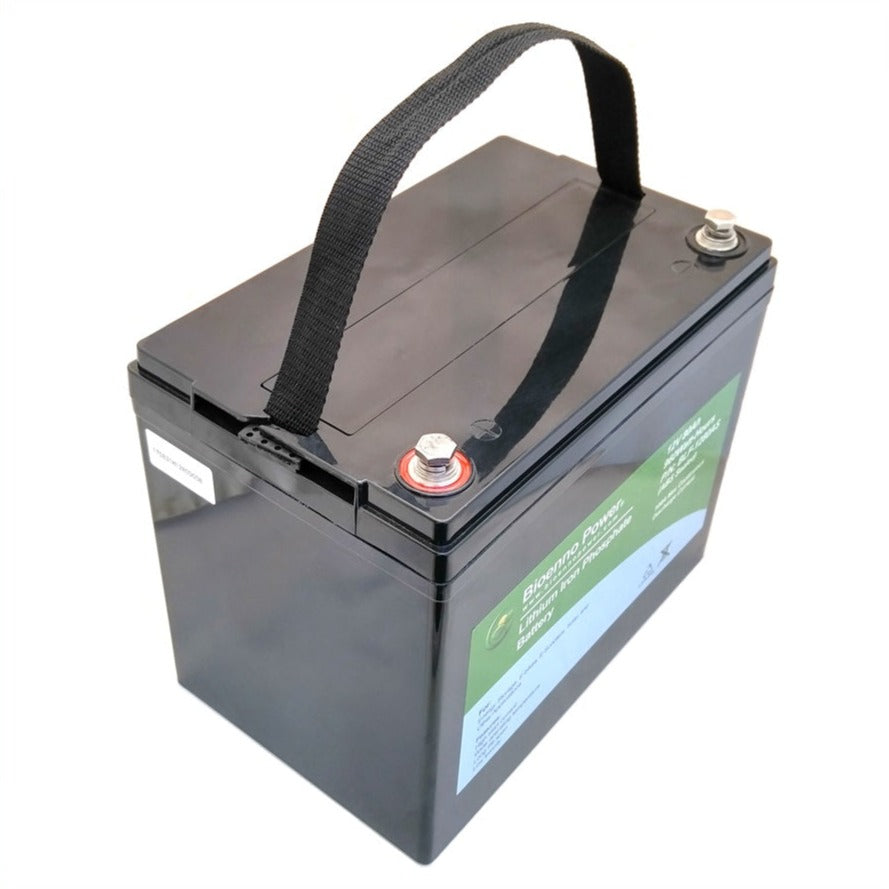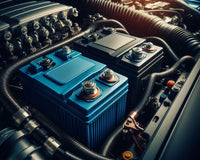When it comes to energy systems, energy storage is a critical component. Deep cycle batteries play a vital role in storing and delivering the energy to your electronics. In this comprehensive guide, we'll explore everything you need to know about deep cycle batteries, including types, maintenance, and their various applications.
What is a Deep Cycle Battery?
Deep cycle batteries, like the Deep Cycle AGM Battery, are specially designed for cycling—discharging and recharging frequently. These batteries store electrical energy through a chemical reaction, making them essential for renewable energy systems.
Types of Deep Cycle Batteries

There are several types of deep cycle batteries commonly used in renewable energy applications:
Flooded Lead Acid Batteries
Flooded lead acid batteries are the most traditional type. They contain a liquid electrolyte in an unsealed container, requiring ventilation to disperse hydrogen gas produced during overcharging. While they have high surge currents, they need regular monitoring and maintenance.
Sealed Lead Acid Batteries
Sealed lead acid batteries come in various forms, including Absorbed Glass Mat (AGM) and Gel cells. These batteries are often maintenance-free, but it's crucial to choose the right type based on your needs and safety concerns.
Gel Batteries
Gel batteries are sealed and contain a gel-like electrolyte. They are resistant to extreme temperatures, shock, and vibration, making them suitable for various applications, including automotive, marine, and more.
AGM Deep Cycle Batteries
AGM deep cycle batteries use an Absorbed Glass Mat separator and have a lower internal resistance than traditional cells. They can handle higher temperatures, self-discharge more slowly, and offer flexibility in mounting options.
Lithium-ion Batteries
Lithium-ion batteries are revolutionizing energy storage. They have high energy density, making them a preferred choice for anyone looking for the best battery investment. To explore this topic further, check out our full selection of Lithium-ion batteries.
How Deep Cycle Batteries Work
Deep cycle batteries work through a chemical reaction between two electrodes immersed in an electrolyte solution, typically sulfuric acid and water. When connected to a load, such as a motor or appliance, electrical current flows, providing power. Recharging reverses the chemical reaction, restoring the battery's strength. Deep cycle batteries are designed to withstand frequent discharges and offer long-lasting power.
Maintaining Your Deep Cycle Battery

Proper maintenance is essential to ensure your deep cycle battery's optimal performance and lifespan. Here are some key maintenance tips:
- Charge your battery regularly: Charge your battery after each use and avoid leaving it partially discharged for extended periods.
- Check the water levels: If you have a flooded lead-acid battery, regularly check and add distilled water to maintain proper levels.
- Keep your battery clean: Dirt and debris can cause faster discharge, so keep your battery clean with a damp cloth.
- Store your battery properly: Store it in a cool, dry place away from extreme temperatures and direct sunlight.
- Avoid over-discharging: Monitor your battery's voltage and recharge it before it reaches critical levels to prevent damage.
- Use a suitable charger: Always use a charger compatible with your battery type to avoid damage. Check out our line of lithium battery chargers here.
It's essential to follow the manufacturer's instructions and consult professionals for any concerns regarding battery care.
Deep Cycle Battery Ratings
Deep cycle batteries are rated based on their capacity, often measured in Amp hours (Ah). The capacity refers to the amount of energy the battery can store or the discharge rate. A lower discharge rate means a longer battery lifespan.
Discharge Cycles
Different batteries have varying cycle ratings, indicating how many times they can be discharged and recharged. It's crucial to select a battery with a high cycle rating, such as those compliant with IEC 896-2 standards, for longer lifespan and reliability. Of the available deep cycle batteries, lithium has a much higher cycle rating.
Battery Safety

Safety is paramount when dealing with deep cycle batteries. Overcharging, short-circuiting, or using the wrong charger can lead to battery hazards. Proper handling and adherence to manufacturer safety guidelines are critical.
In Conclusion
Deep cycle batteries are essential components of energy systems, offering reliable energy storage and delivery. Proper maintenance and choosing the right battery type are crucial for maximizing their lifespan and efficiency. Keep learning with our article: Difference Between a Deep Cycle Battery and a Regular Battery.

